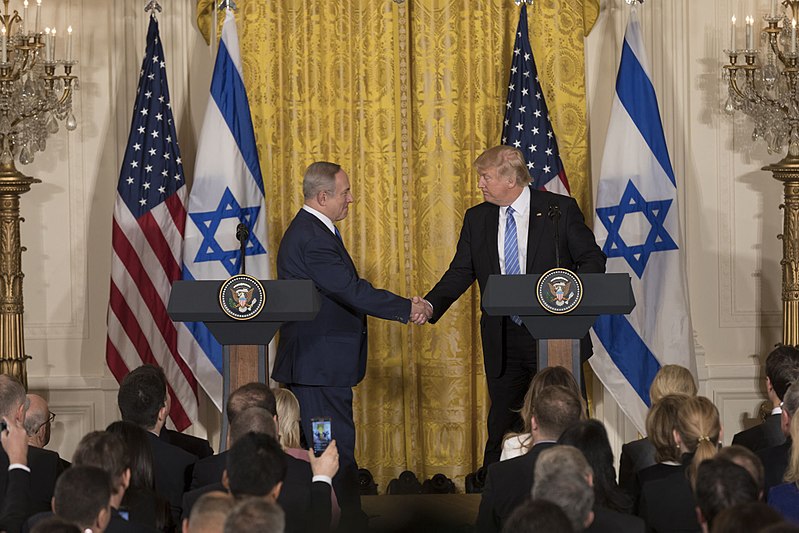After three years of anticipation—and dread—President Trump announced the launch of his “Deal of the Century” to achieve peace between Israel and Palestine.
With Israeli Prime Minister Benjamin Netanyahu at his side, he outlined details for a proposal that would recognize a Palestinian state following extensive land swaps and security arrangements.
Palestinian Authority President Mahmoud Abbas was not present, having broken off communication with the White House following several US decisions deemed biased toward Israel.
Abbas immediately rejected the plan, which Palestinians had long declared “dead on arrival.”
But Netanyahu’s acceptance was enthusiastic, declaring himself willing to begin negotiations with the Palestinians on such terms. A day earlier, Netanyahu’s challenger Benny Gantz also signaled his party’s agreement with Trump’s proposal.
With three Arab states lacking a peace treaty with Israel in attendance—Oman, Bahrain, and the United Arab Emirates—Trump hopes there will be a regional push to implement his plan.
And with $50 billion promised as an investment for the nascent Palestinian state, the president believes all the necessary pieces are in place.
“All previous generations from Lyndon Johnson tried and bitterly failed,” Trump said. “But I was not elected to do small things, or shy away from big problems.”
It only required he approach peace in a “fundamentally different” manner.
No Arab or Israeli would be uprooted from their home. This guarantees the preservation of all existing Israeli settlements in occupied Palestinian territory.
Jerusalem would remain the undivided capital of Israel. At the same time, on the …
See also “Key points in Trump’s Mideast peace plan” via AP.
News brought to you by Christianity Today






